The OTU Transponder includes 1x100G into 1x100G transponder (CFP2, CFP), 4x25G into 4x25G transponder, 4/5x10G into 4/5x10G transponder and 4x2.5G into 4x2.5G transponder, which can be matched with OTNS 8600 I/II/V series of 1U, 2U and 5U chassis.
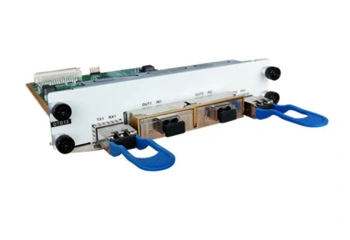
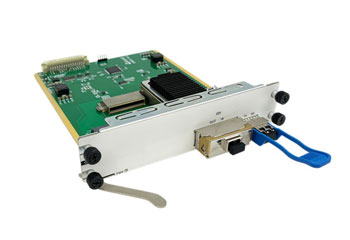
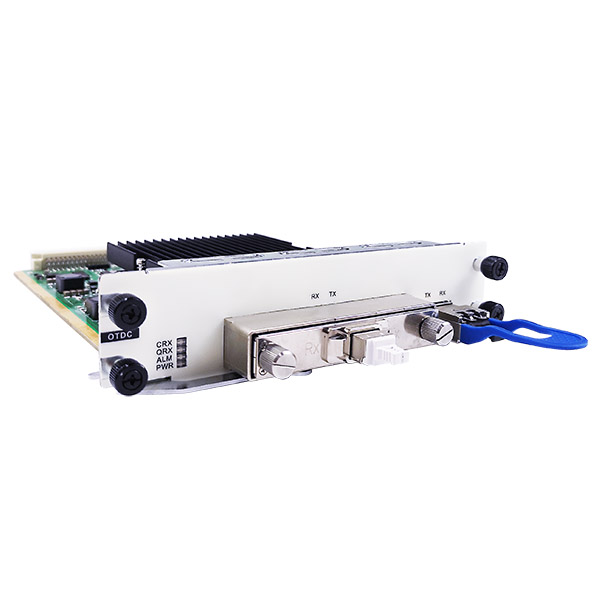
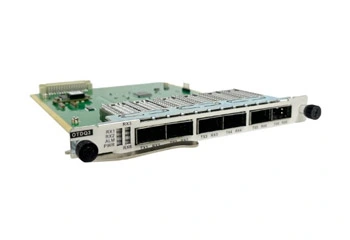
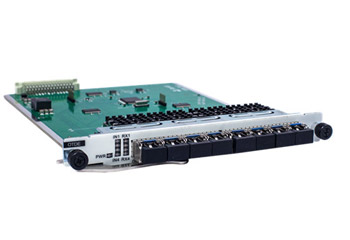
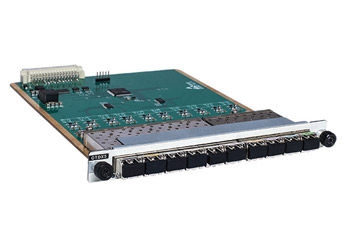
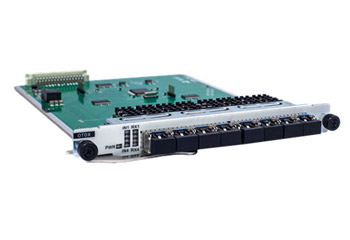
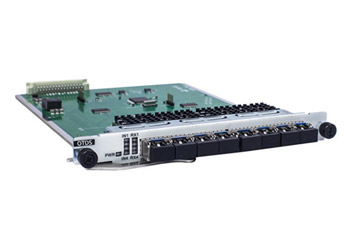
In optical transmission, both transponder and muxponder belong to OTU(optical transform unit)/wavelength conversion unit, the main function is to converge or convert one or multiple client-side signals after access, and output DWDM(according to ITU-T G.694.1 recommendation) or CWDM(according to ITU-T G.694.2 recommendation) standard wavelength, in order to facilitate the multiplexing unit can perform WDM on optical signals of different wavelengths.
Transponders are used to enable point-to-point connections over long distances when the client rate matches the optical wavelength. In cases where the client rates are lower than the optical wavelength.
A muxponder is the element that sends and receives the optical signal on a fiber in much the same way as a transponder except that the muxponder has the additional functionality of multiplexing multiple sub-rate client interfaces onto the line interface.
Transponder
N in N out: N* Low-speed client-side services==> N* Standard wavelength optical signals
Muxponder
N in One out: N* Low-speed client-side services ==> 1* High-speed standard wavelength optical signal
As a leader in optical transmission industry, SINTAI is now among the top professional OTU transponder manufacturers in China. We have the capability to supply different types of transponders to meet all your business needs. Contact us to get transponder price now!
OEO (Optical Electrical Optical) means optical→Electrical→optical. The optical signal to be amplified is first converted into an electrical signal, after 3R function (signal amplification, clock extraction, signal regeneration) and then converted into an optical signal, thereby playing a role in optical power amplification. It is mainly used to amplify a single signal at a low rate of 10Gbit/s or below one by one.

If the input is a weak optical signal, the output can be converted into a strong optical signal.

If it is a multi-mode fiber, it can be converted into a single-mode fiber.

If it is a single-core fiber, it can be converted into a dual-core fiber.

If it is a white optical signal, it can be converted into a color optical signal.
If one side is equipped with an electrical interface module and the other side is equipped with an optical interface module, the RJ45 electrical interface signal can also be converted into an optical signal.
Features:
Supports 155Mbit/s~100 Gbit/s working rate optional [depending on the OEO unit board and the OTM(Optical Transport Module) configured].
Supports the full range of 1260~1650nm working wavelength (depending on the OTM(Optical Transport Module) configured).
Multiple types of services are available, such as Ethernet, SDH, ATM, etc., and transparent transmission of access services.
Application scenarios support single fiber to dual fiber, wavelength conversion, mode conversion, optical signal shaping and optical power amplification.
Signal relay can be realized and the transmission distance can be extended (the distance depends on the OTM(Optical Transport Module) configured)
optical transponder is also CWDM or DWDM transponder,means optical-to-electrical-to-optical.it converts an optical signal to an electrical signal, and then recovers it to an optical signal.optical transponder converts client-side services into standard optical signals after re-amplifying, retiming, re-shaping.
optical transponder is needed in WDM system:
1.in a case where equipment of different wavelengths need to communicate with each other, the optical transponder can solve the incompatible problem between them.
2.there is more than one fiber optic network provided by different providers and of different standards. We need WDM transponder to traverse from one fiber optic network to another.
optical transponders can convert from multimode to single-mode fiber, short reach to long reach lasers, and/or 850/1310 nm to 1550 nm wavelengths. Each optical transponder module is protocol transparent and operates fully independent of the adjacent channels.
As an optical repeater, some optical transponders effectively extend an optical signal to cover the desired distance. With the clock recovery option, a degraded signal can be debittered and retransmitted to optimize signal quality.
Mode conversion is one of the quickest and simplest ways of extending multimode optical signals over greater distances on signal-mode fiber optics. And most receivers are capable of receiving both multimode and single-mode optical signals.
Wavelength conversion in commercial networks today is only carried out by optical transponder. We know that optical network equipment with conventional fiber interfaces like LC, SC, ST, etc operates over legacy wavelengths of 850 nm, 1310 nm, and 1550 nm. This means they must be converted to CWDM or DWDM wavelength to fit in the system
An Optical Transponder Unit (OTU) board converts client-side services into optical signals carried over ITU-T–compliant WDM wavelengths after performing mapping, multiplexing, convergence, and other operations.
Transponders are used to enable point-to-point connections over long distances when the client rate matches the optical wavelength. In cases where the client rates are lower than the optical wavelength, a muxponder is used to multiplex multiple sub-rate clients onto the line interface.
A transponder will send an identifying coded signal in response to a transmitted interrogation from a ground-based radar station. An air traffic controller can then view the identified blip on a screen and know who it is and provide direction to the flight crews maintaining adequate separation with other blips.